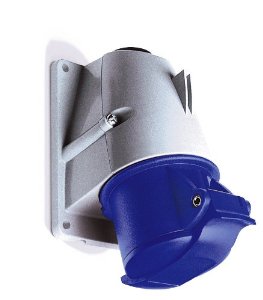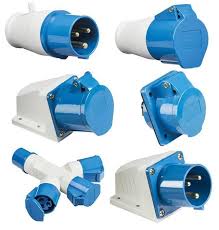Ron,
30A service doesn't mean 30A breaker.
Either they are running a 30A service, 30A breaker, and 30A plug, like Boulder uses, or they are running 30A service, two 15A breakers, and Furutech/regular plugs.
My suggestion to you. Run 40A service, two 20A breakers, and a Furutech for both amplifier sections.
20A, let's do a little math. 20a x 120v = 2400w . Now let's take into account the efficiency of amplifiers.
Class D, it's say 85%, that's .85 x 2400 = 2040w.
Class AB can be anywhere from 30% to 70% efficient depending on the design, so .30 x 2400 = 720w as worst case, .45 x 2400 = 1080w conservative, and .6 x 2400 = 1440w for decent efficiency.
Class A we know it can be super inefficient... so let's say the most abysmal one ever rated at 10% first. .10 x 2400 = 240w , .30 x 2400 = 720w, .40 x 2400 = 960w.
**You're typically only using a handful of watts from amplifiers at a time, 2w is totally normal, the rest is all for dynamic swing, the crest factor.
So you can see how 20A will provide you with an abundance of power! Most of the speakers you're looking at are fairly efficient. We're talking some can be driven to dynamic bliss with 10w. Save the death of your hearing, you've got zero reason for more power at the socket, including a cush amount of overhead. Now obviously Boulder's are unique because they're 1500w class A, so they need an insane amount of power, but you're not going to be buying those are you?
Also JPS wire is only good to 20A. I'd ever consider just running two lines of it to the outlets, no sub panel, and a third to the stereo head on the other wall. You can run a SurgeX box with 3x 20A lines, or off the side of a 60A service with three 20A breakers if you want. I think running from the main service offers superior performance because of the JPS wire rejecting more noise than 60A service wires will. Plus unless you're using Klangmoduls, the extra breakers only add resistance to the circuit.
So to review my suggestions for best performance, and a minor $ saving over Iso's and extra boxes, service, etc.
3x 20a JPS wire lines from main service panel
SurgeX 4x 20a service module
3x 20a Klangmodul units
You could skip the SurgeX, too, and simply mount Klanmodul's in a housing, too. The only thing about Klangmodul's is I'm sure it's better to turn off or unplug any devices before disengaging them, due to the fact that the probably don't disconnect as fast as a breaker when you "flip the switch" however the Gold ones probably fight corrosion that occurs from switching while any form of power is engaged.




